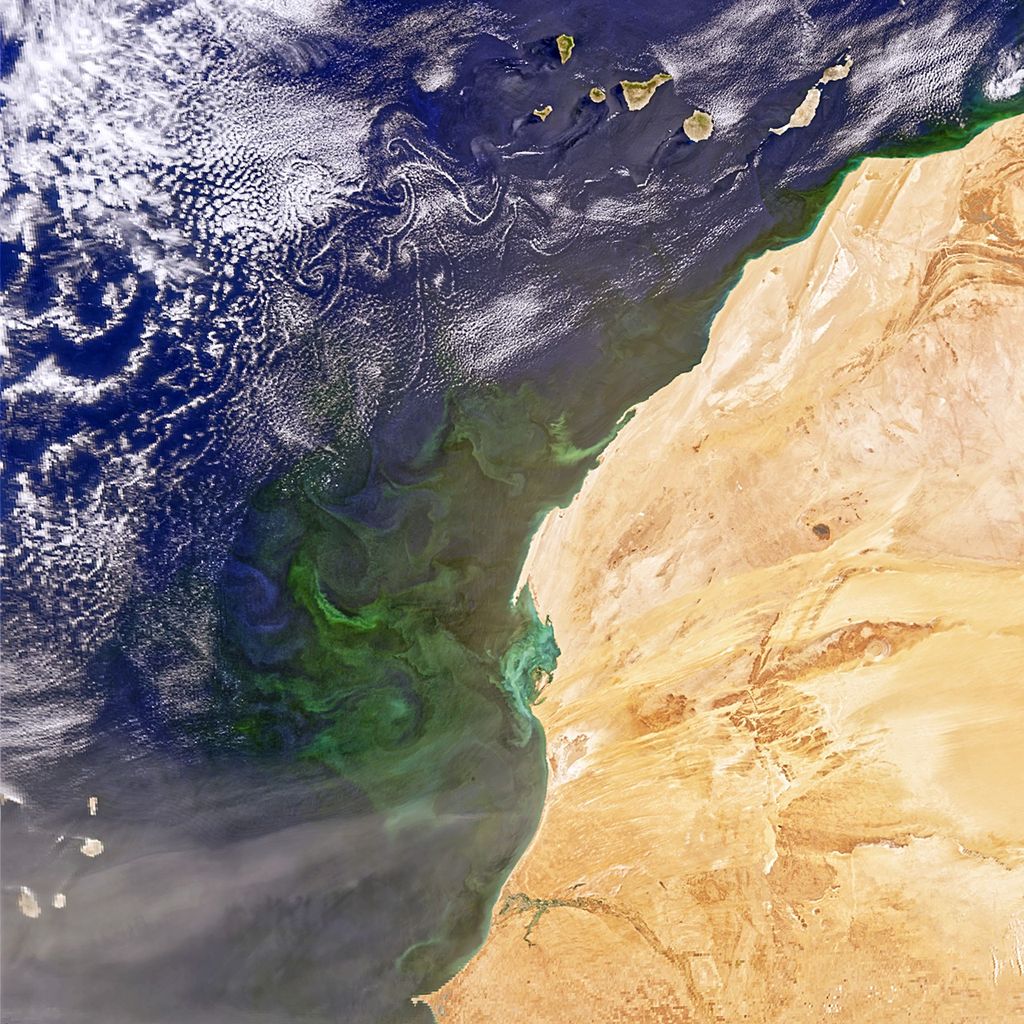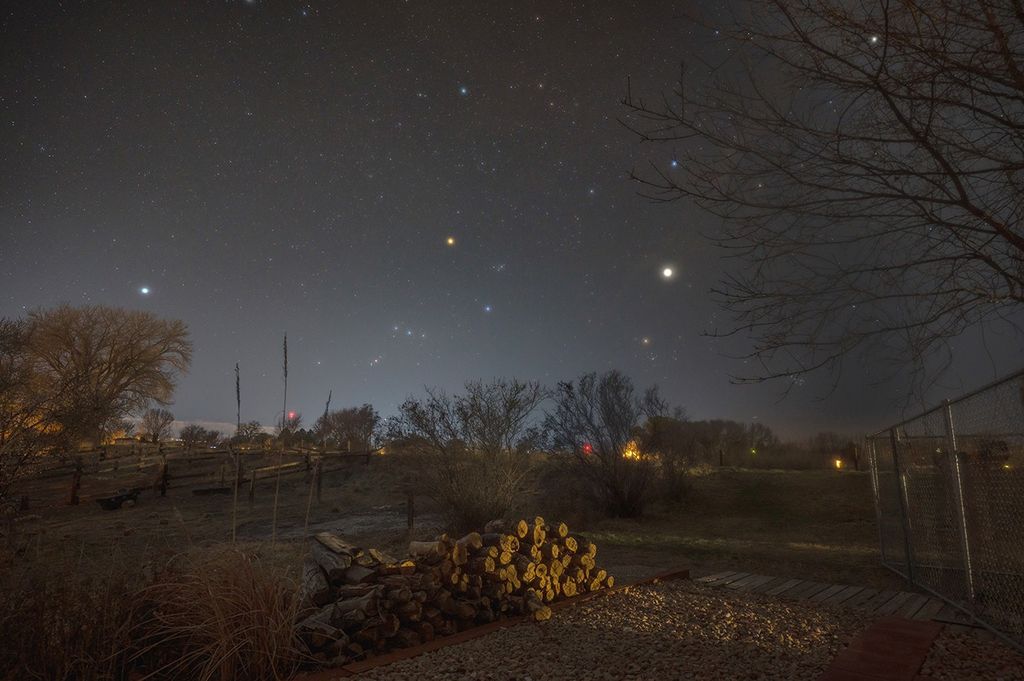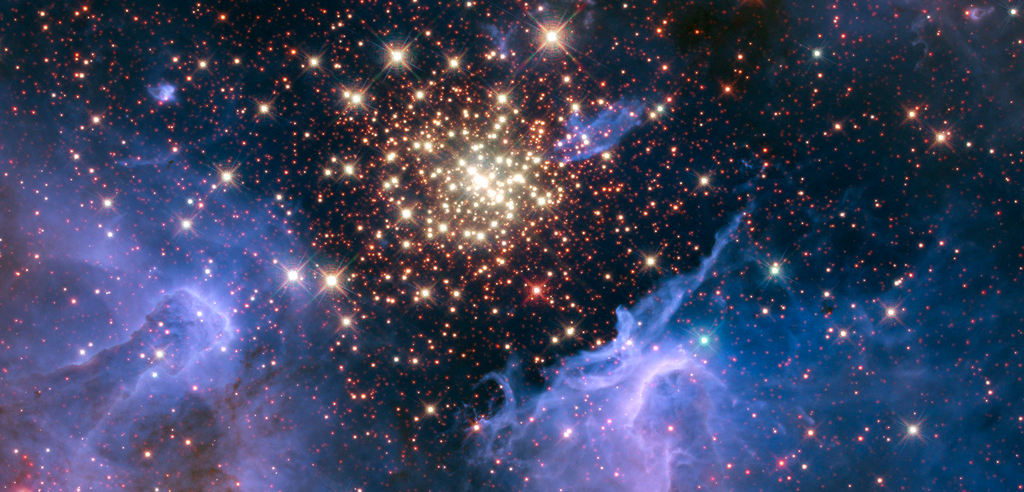NASA Chief Scientist Selected for International Leadership Role
Dr. Kate Calvin, NASA’s chief scientist and senior climate advisor, was recently selected as co-chair of a working group on climate change mitigation at the Intergovernmental Panel on Climate Change (IPCC), the United Nations body responsible for assessing the science related to climate change. Previously, Calvin has contributed to five reports by the IPCC.
NASA scientists and researchers have also contributed to previous IPCC assessment reports, and NASA released a sea level projection tool which incorporates sea level projections from IPCC assessments. The selection means Calvin will help lead the IPCC over the coming five to seven years, building on the progress of previous co-chairs, as the IPCC continues to provide science to help understand climate change. Here, Calvin answers four questions about her research and work to date, what this selection means and how NASA is contributing to understanding our changing planet.
-
What is the scope and capacity of your role as working group three co-chair? Can you also explain the role of the IPCC?
The IPCC develops reports assessing the scientific literature on climate change. These reports provide a comprehensive assessment of the state of knowledge about climate change.
As co-chair, I, along with my Malaysian counterpart, will lead the Working Group III contribution to the IPCC over the next five to seven years. This includes leading the preparation of the working group’s reports in the IPCC’s next assessment cycle and providing guidance to the IPCC on the scientific and technical aspects of its work.
This particular working group focuses on climate mitigation, referring to efforts to reduce or cut greenhouse gas emissions, which can have an effect on future warming. The other working groups focus on physical science and impacts and adaptation.
-
What research have you contributed to previous IPCC reports?
My research has focused on understanding how Earth and human systems might change in the future, including developing scenarios of future climate and quantifying the effects of climate change. My research has spanned the range of climate science, climate impacts, and mitigation.
As an author of IPCC reports, my role was to write assessments of the literature on specific aspects of climate change. I have previously contributed to reports focused on land, mitigation, and a synthesis report, which integrates all aspects of climate science.
The IPCC examines all relevant literature when developing each report. My prior research on energy, water, land, and climate was reviewed and incorporated in several previous IPCC reports.
-
How do the scientific research community and other groups use and apply information from the IPCC?
You can’t think about the future without knowing where we are and how we got here. IPCC provides a basis of understanding and also the options for climate adaptation and mitigation as we look to the future. One part of each IPCC report is a summary for policy makers, which is written to provide scientific information on climate change that can be used by policy makers around the world. That summary reflects a consensus between scientists and governments. As a scientist, I use the IPCC reports as a resource for robust information on climate change outside of my specific research area. Since the IPCC reviews all available scientific literature, the reports can serve as a guide to the larger climate literature.
-
How does your work at NASA inform your work on the IPCC and vice versa?
Both NASA and the IPCC provide scientific information on climate change to decision makers and the public. Each IPCC report includes hundreds of authors and thousands of citations. NASA scientists and researchers contribute to IPCC reports, both by publishing relevant literature and by serving as authors.
Through my role in the IPCC, I will gain valuable insight into research on climate change conducted elsewhere around the world and make connections in other regions. I will continue in my current role as NASA’s chief scientist and senior climate advisor. I will continue to help connect climate science within NASA, communicate that science outside of the agency, help advance NASA’s science portfolio and support our broader research community.

























